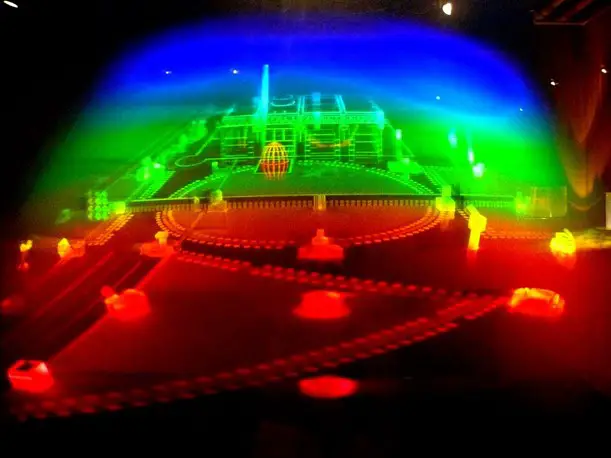
Chiba University researchers have developed a computationally efficient deep-learning technique that simplifies the production of holograms, enabling the direct generation of 3D images from 2D photos captured with standard cameras.
This method, employing a sequence of three deep neural networks, overcomes many computational challenges inherent in conventional approaches and offers a more accessible way to create holograms.
In the future, this innovation holds promise for applications in high-fidelity 3D displays for heads-up and head-mounted displays. Furthermore, it could potentially revolutionize the development of holographic head-up displays in vehicles, presenting essential information on people, roads, and signs in a 3D format for passengers.
SEE ALSO:
- German Circus that Replaces Real Animals with Holograms
- Li-Fi, a technology 100 times faster than Wi-Fi
Technology behind this 3D Holograms creation
Traditionally, creating holograms requires capturing 3D data of an object, often using specialized cameras. This can be computationally expensive and complex.
Now, using this technique uses three neural networks to generate 3D holograms directly from 2D photos taken with ordinary cameras. This means you can potentially create holograms without needing special equipment or capturing complex 3D data.
To understand how Chiba University’s deep-learning method for hologram creation works, let’s break it down into the three neural networks involved:
1. Depth Estimation Network
- This network takes the 2D photo as input and analyzes its features like edges, textures, and shadows.
- Based on this analysis, it estimates the depth information for each pixel in the image, essentially reconstructing a rudimentary 3D depth map.
2. Hologram Encoding Network
- This network receives the estimated depth map from the first network and converts it into a hologram encoding.
- The encoding contains the information needed to diffract light in a specific way, recreating the original 3D image when projected onto a holographic display.
3. Phase Retrieval Network
- This final network acts as a refinement step. It takes the hologram encoding from the second network and optimizes it by minimizing errors and ensuring high-quality holographic reconstruction.
Overall Process
- 2D Photo Input: You feed a regular photograph into the system.
- Depth Estimation: The first network analyzes the photo and generates a 3D depth map based on cues in the image.
- Hologram Encoding: The second network transforms the depth map into instructions for creating a hologram.
- Phase Retrieval: The final network fine-tunes the encoding for optimal diffraction and hologram quality.
- Holographic Display: The encoded information is projected onto a holographic display, producing a 3D image that replicates the original scene from the 2D photo.
What are the benefits
This new method could make hologram creation more computationally inexpensive and simpler, opening up new possibilities for various applications.
It could also make holograms more accessible to individuals and businesses who don’t have access to expensive equipment or expertise.
Potential Applications of this 3D Hologram technology
This technology could be used in a variety of fields, including:
- Entertainment: Imagine interactive 3D displays powered by holograms in museums, theme parks, or even living rooms.
- Healthcare: Doctors could use holograms to visualize medical data or even perform remote surgery with better depth perception.
- Education: Students could learn about complex concepts through interactive 3D models and simulations.
- Product design and prototyping: Designers could create and test 3D prototypes of products before physical manufacturing.
It’s important to note that this research is still ongoing, and further development is needed before it becomes widely available. However, the potential benefits are significant, and this breakthrough could pave the way for a future filled with stunning and interactive holographic experiences.



Comments